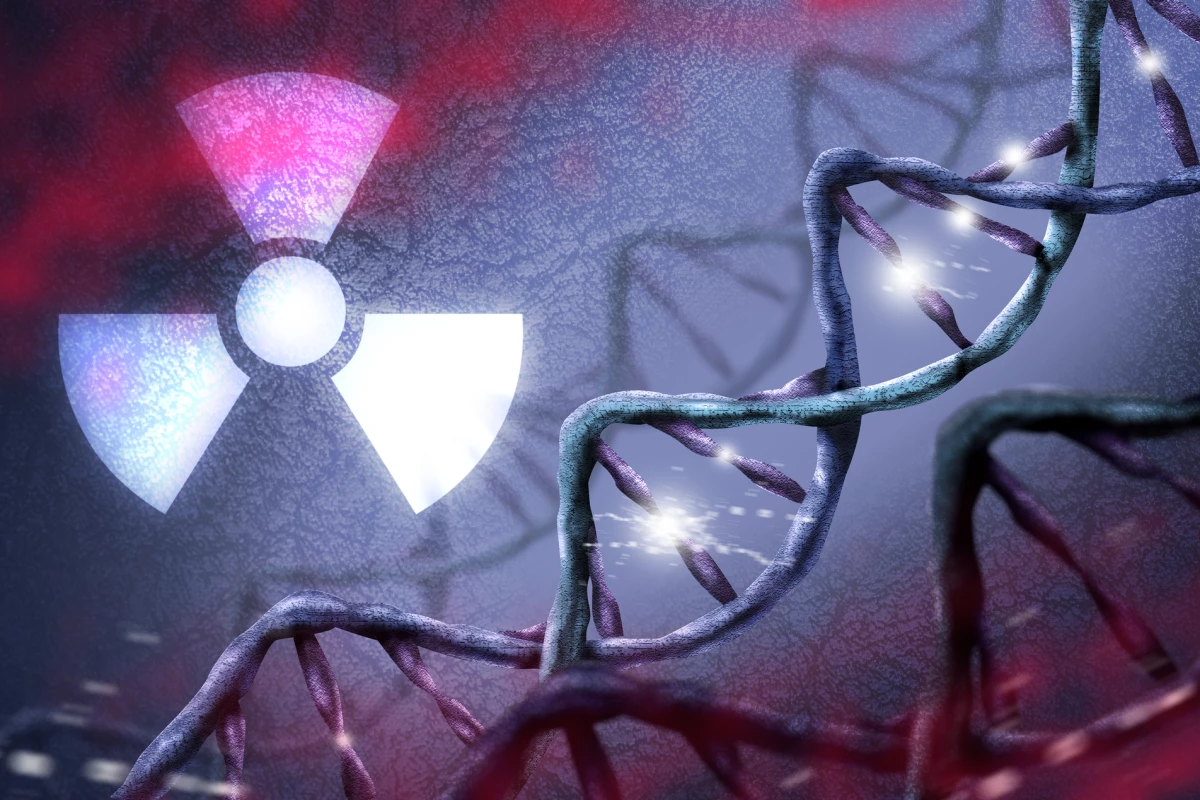A new diagnostic tool developed by scientists at Ohio State University promises to drastically reduce the time needed to detect radiation sickness, by measuring a pair of key biomarkers in just a single drop of blood. With the results ready in just a few hours, the technology could be of great aid for health workers responding to disasters such as Chernobyl, by allowing them quickly identify the patients who need immediate treatment.
Radiation sickness or acute radiation syndrome (ARS), like that experienced by the workers at the Chernobyl nuclear power plant in 1986 or the residents of Hiroshima and Nagasaki in 1945, can cause a rapid deterioration of a person’s health, and often death.
This sickness occurs when most or all of the body is subjected to a large but short-lived dose of penetrating radiation, meaning it is able to reach the organs but is delivered very quickly, usually in just minutes. Determining the degree of radiation exposure is vital to triaging patient treatments, though this currently takes three to four days through what is known as a dicentric chromosome assay.
The Ohio State University team has found a more efficient way forward by focusing on a pair of microRNA molecules in the blood. One of these, microRNA-150, was shown through previous research to be a reliable biomarker of the degree of bone marrow damage, by decreasing in numbers as a result of radiation exposure.
The second molecule, microRNA-23a, remains unchanged throughout the process. This allows the scientists to measure the radiation absorbed during an event and the risk to the patient, in much more expedient fashion than that offered by a dicentric chromosome assay.
“This new test uses a single drop of blood — collected from a simple finger prick — and results are ready in a few hours,” says Naduparambil K. Jacob, study author. “It is rapid, scalable and can serve as a point-of-care-type diagnostic tool for real-time evaluation to screen a large number of individuals in a short time.”
While the new test could prove very valuable in the emergency response to incidents like Chernobyl, it’s potential doesn’t end there. The team imagines that with further work it could also find use in cancer treatment, where patients are often exposed to radiation therapy and ensuring dosage levels are correct and safe is a primary concern.
“Some patients develop major issues like thrombocytopenia and neutropenia as the result of radiation treatment,” says Jacob. “We can’t look at a patient and determine how much radiation he or she has absorbed, but the impact can be cumulative. As a result, radiation sickness could occur weeks or months after the radiation therapy. With additional research, this new testing method could potentially help oncologists measure — in real time — absorbed radiation and intervene before radiation sickness occurs.”
The research was published in the journal Science Translational Medicine.
Source: Ohio State University




